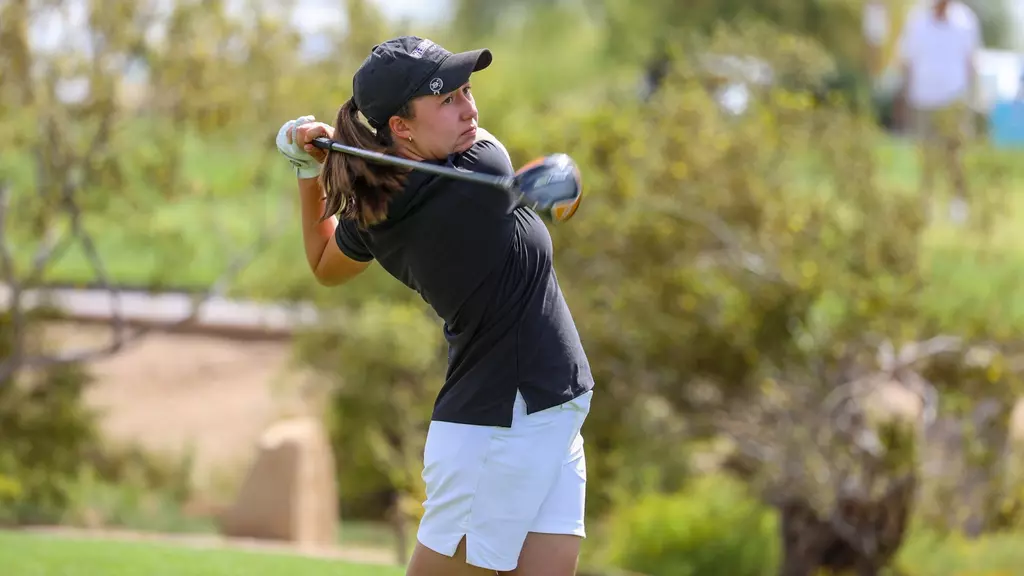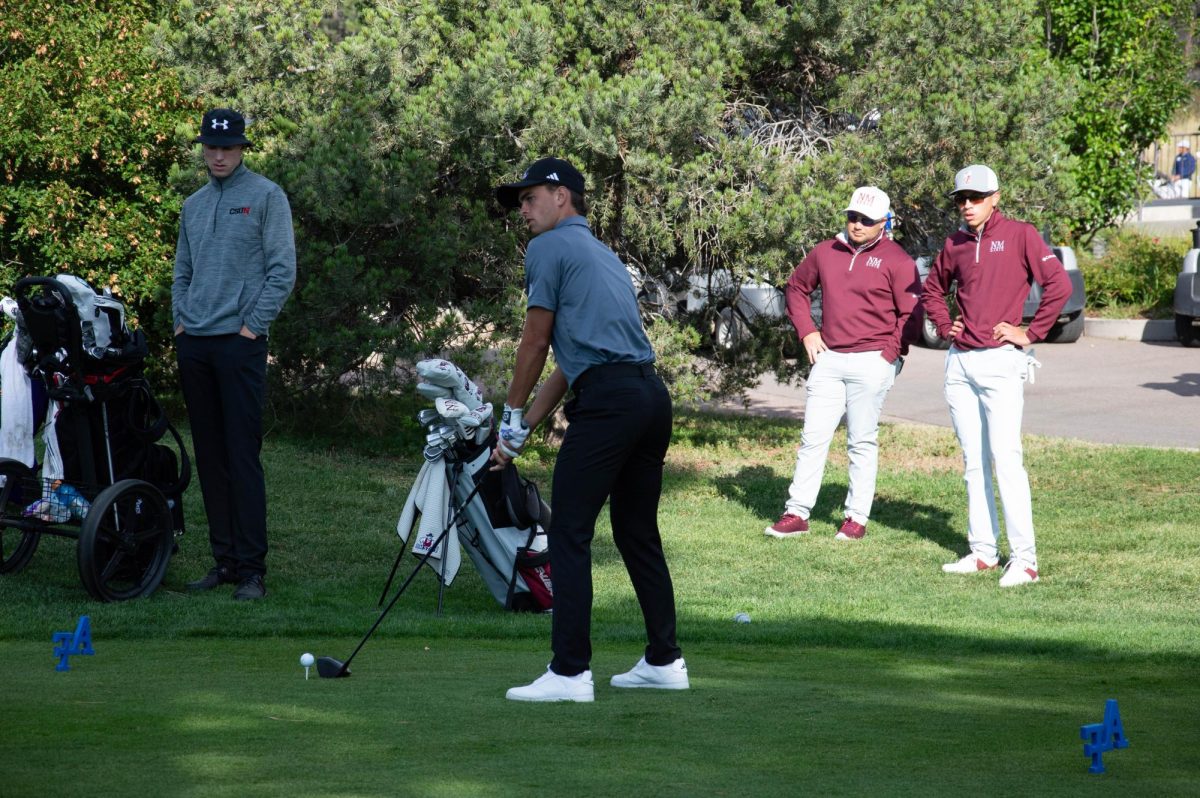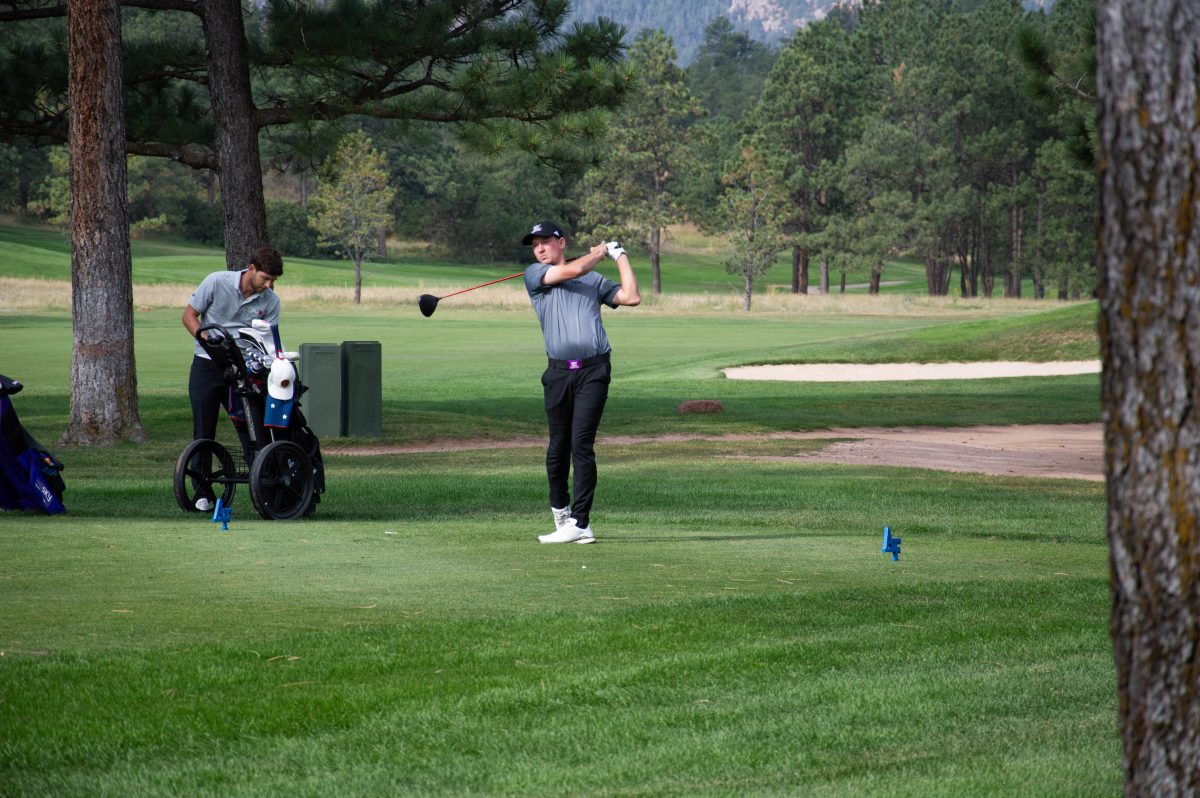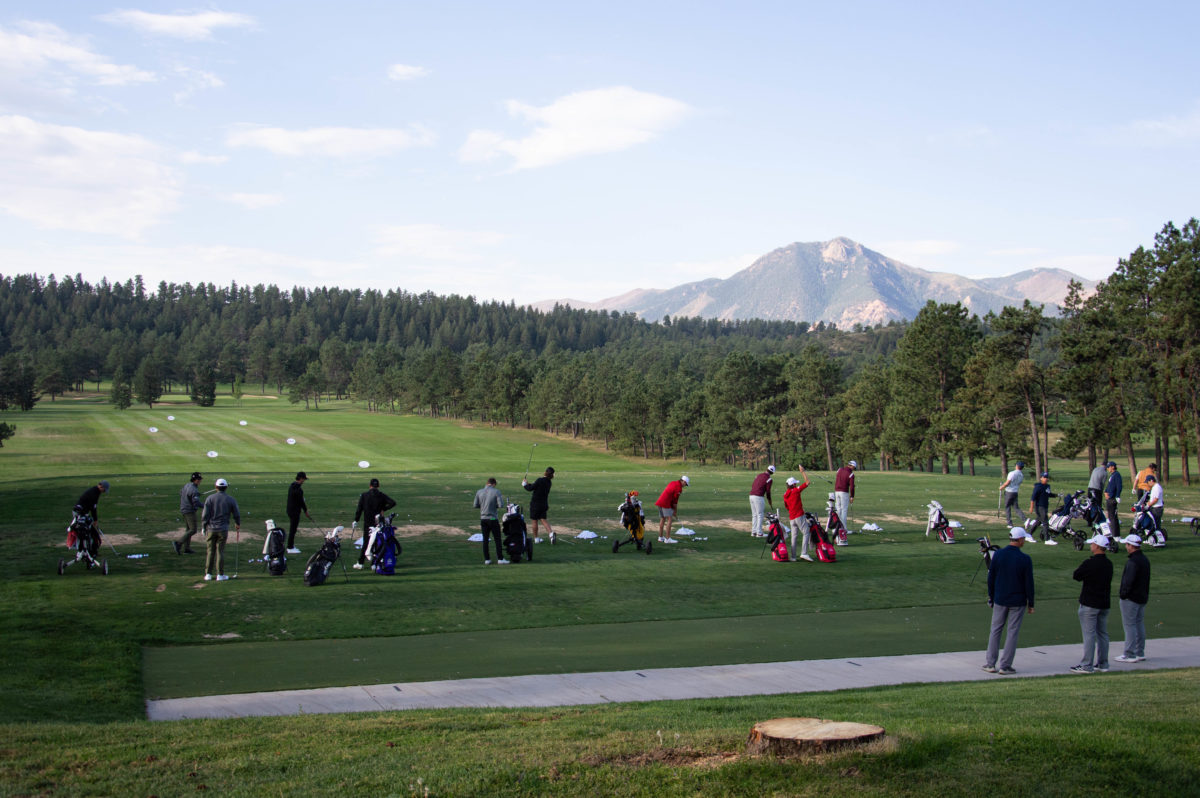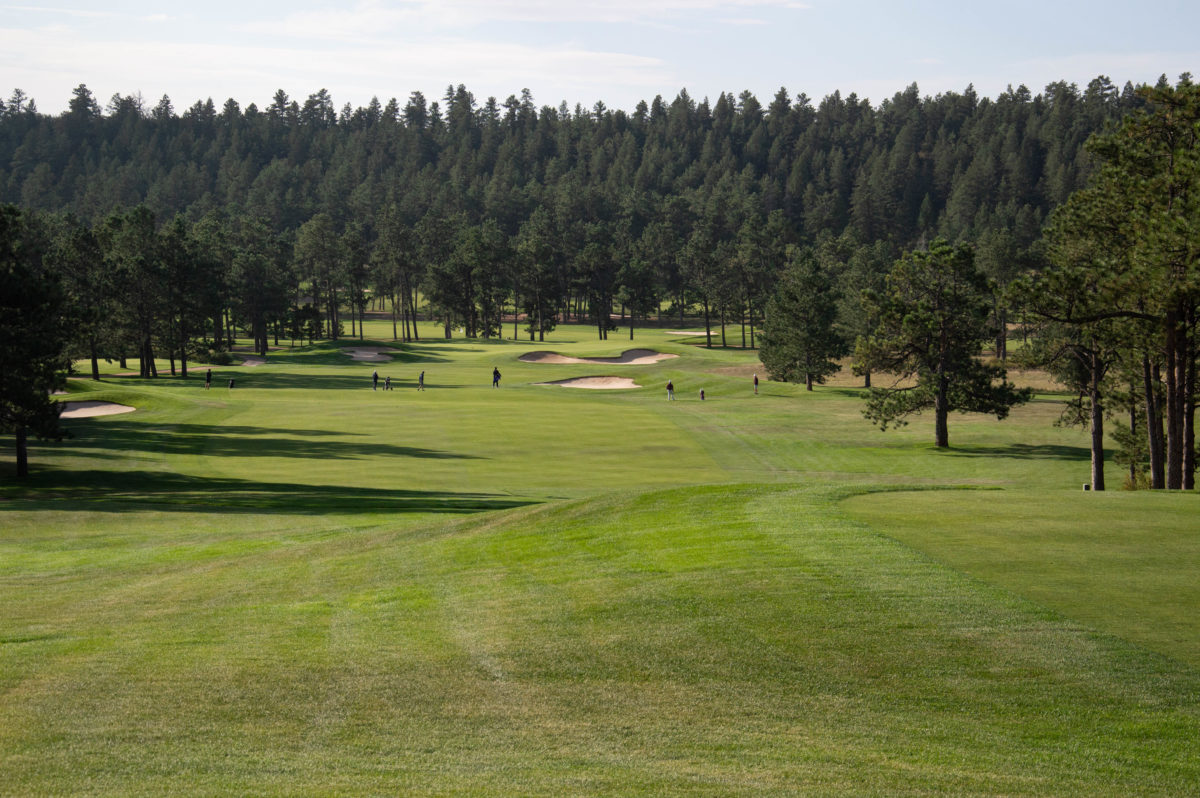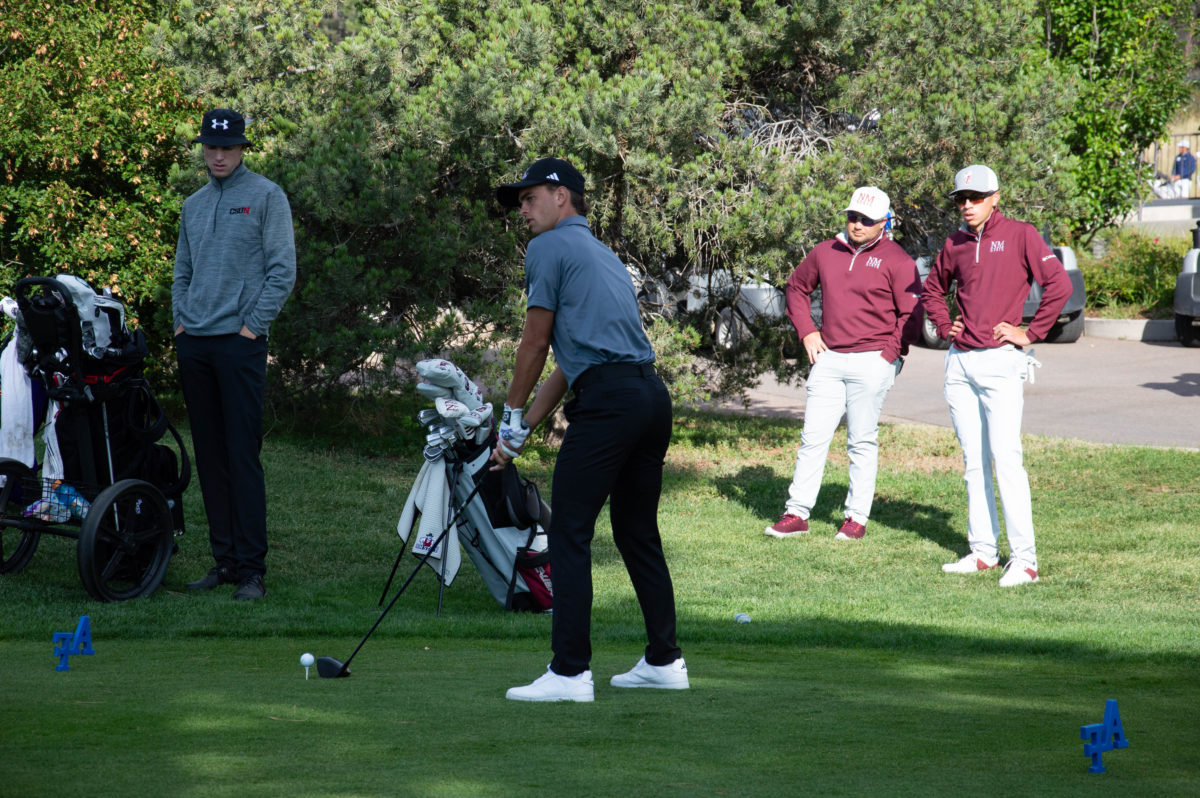
Built from an abandoned plant nursery and designed by golf legend Bobby Jones and world-renowned British golf course architect Alister MacKenzie, the Augusta National Golf Club was destined for greatness.
Augusta National Golf Club opened in January 1933, gaining instant popularity with golf professionals, which resulted in petitions for the course to hold a tournament.
With its outstanding beauty, frustrating hole placements, absurd course elevations and light-speed greens, Augusta National was granted permission to hold a tournament in 1934, called the Augusta National Invitational.
“We wanted to make bogeys easy if frankly sought,” Jones said about the difficulty of Augusta National on Masters.com. “Pars are readily obtainable by standard good play, and birdies, except on par-5s, are practically bought.”
In 1939, the tournament officially changed its name to The Masters and became the only golf major to be held at the same location every year.
Over the years, The Masters developed Augusta National into a prestigious course, rich with golf history and traditions, turning the four-day tournament into a week-long experience.
Some of the traditions include the presenting of the green jacket, the Champions’ Dinner, the par-3 contest and the opening tee shot.
The green jacket was implemented in 1949 and given to the winner, to whom it is tailored, and then is kept at Augusta National’s clubhouse for the winners to wear while on club grounds.

“The winner of The Masters doesn’t just win a major; he becomes part of the history of the game,” PGA golfer Phil Mickelson told CBS Sports after winning The Masters in 2010. “That’s what excites me. This tournament creates something that is very special, and year in, year out, history is made.”
The Champions’ Dinner is held each year on the Tuesday evening before the tournament. All of the past winners are invited to attend. The dinner is hosted by the defending champion, who also selects the menu and pays for the dinner. The dinner was first hosted by golf legend Ben Hogan in 1952.
In 1960, The Masters introduced a par-3 contest, a miniature nine-hole course built off to the side of the clubhouse. The contest is played on Wednesday before the tournament starts, with the winner of the contest earning a crystal bowl.
The opening tee shot began in 1963, where golf’s greatest players tee off on the first hole Thursday morning, signifying the start of the tournament. In the past six years, Arnold Palmer, Jack Nicklaus and Gary Player have had the opportunity to perform the honorary tee shot.
The course and tournament play adds to the traditions and history at The Masters. Being a former plant nursery, each hole is named after a tree or shrub that is associated with the layout. However, holes 10, 11 and 12 are not typically called by their plant names but, rather, are bundled together and referred to as Amen Corner.
Due to the never-ending wind change, skinny fairways, small greens and multiple hazards, players walk off the 12th green yelling, “Amen,” in relief to be done with those three holes.
“Last year during The Masters, I remember Jordan Spieth entering Amen Corner with like a four-shot lead,” said WSU alumni, Justin Barrett. “He left Amen Corner two-shots behind the new leader.”
Spieth lost six shots through Amen Corner in the final round of The Masters, which eventually lead him to lose by three to Danny Willett.
The Masters runs April 6–9. Those looking to watch the tournament can tune in on the Golf Channel, CBS or on The Masters mobile app.


